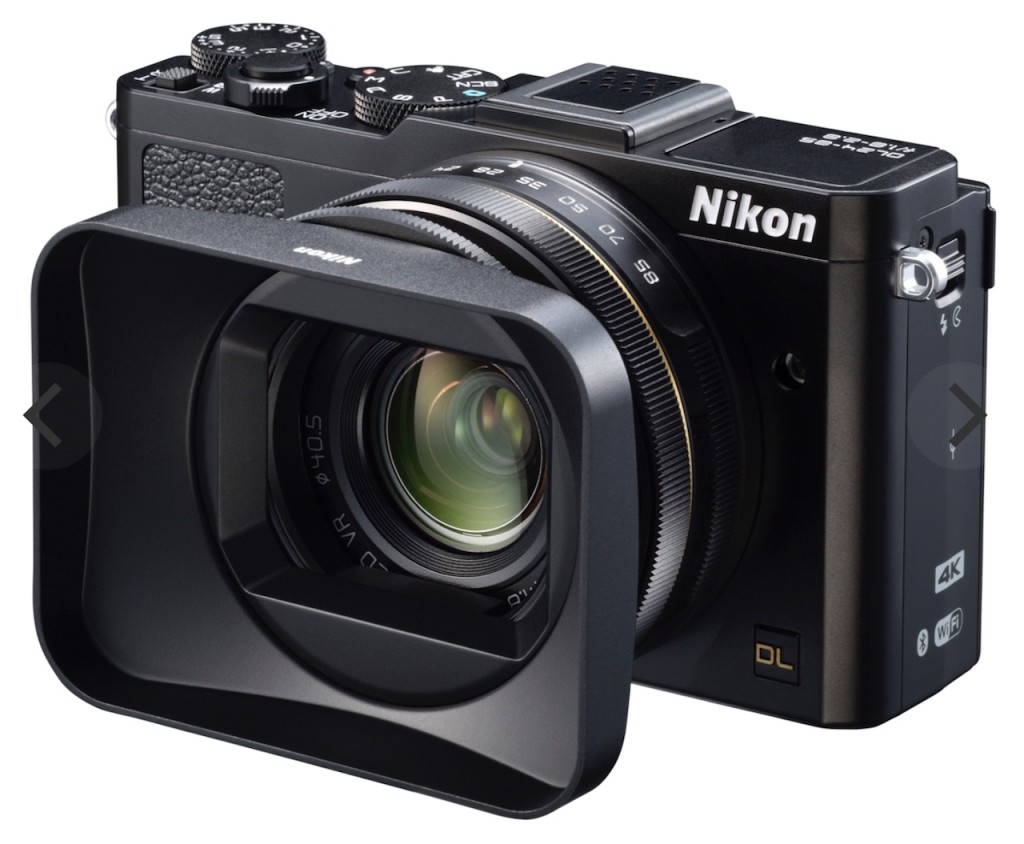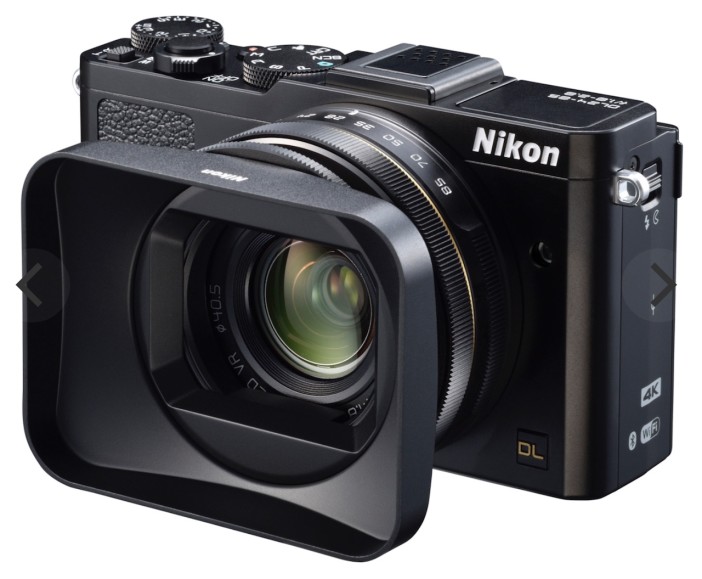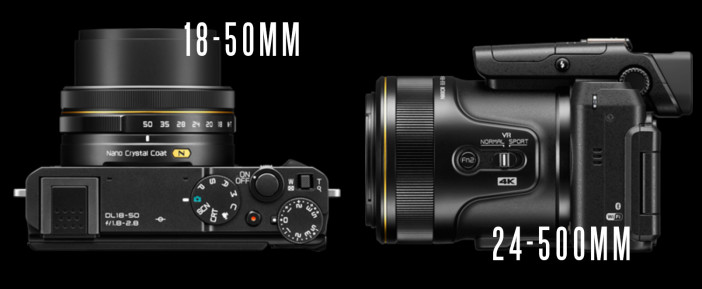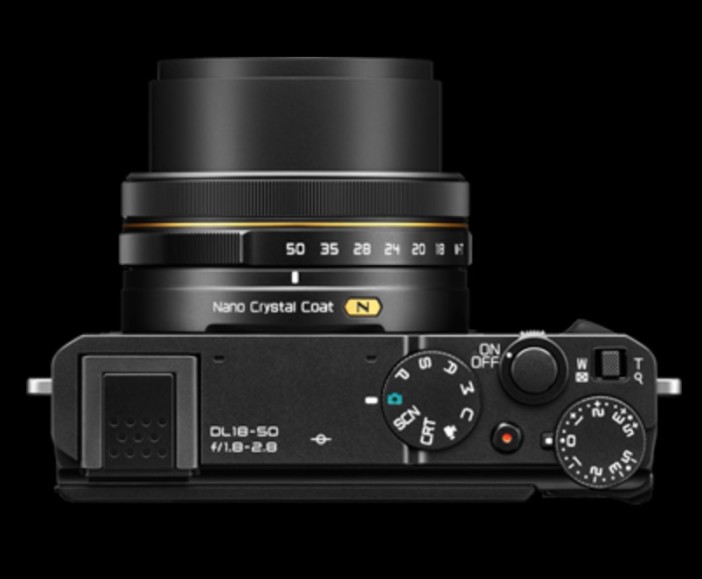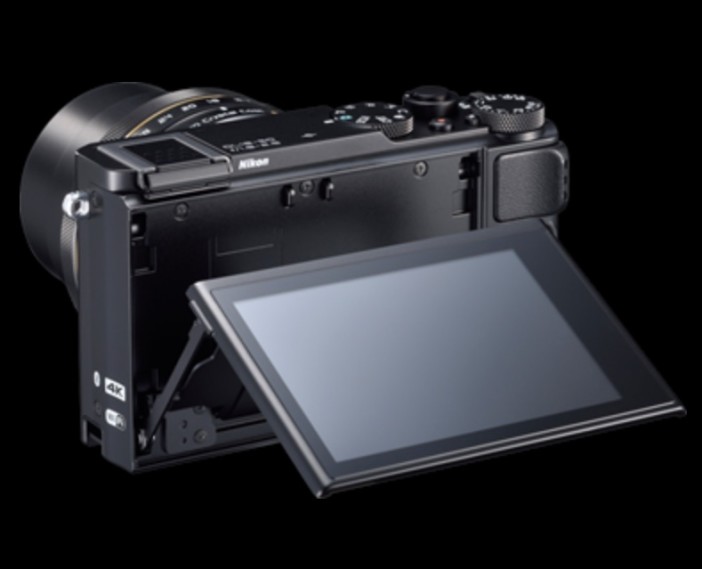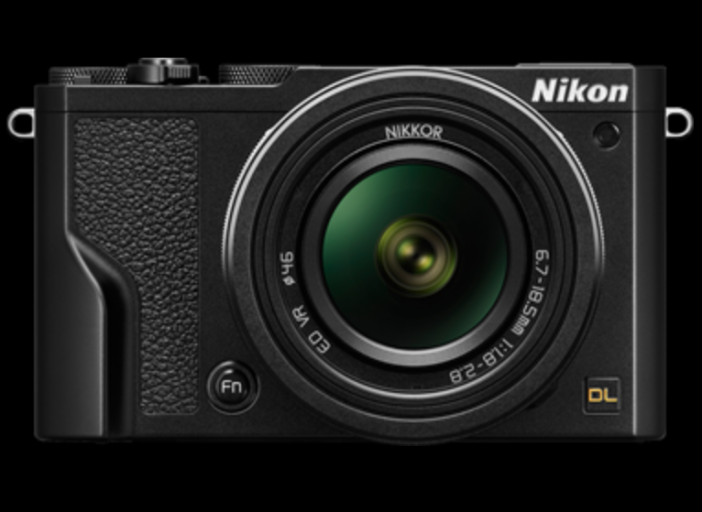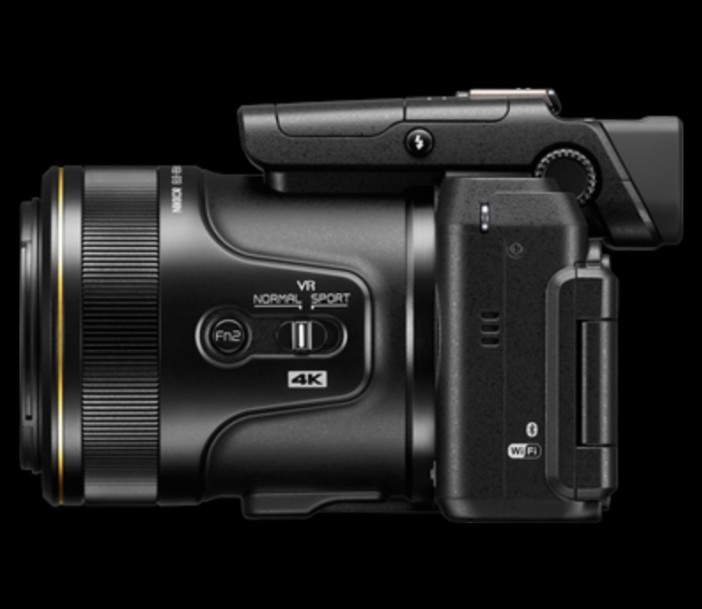Here’s Nikon’s answer to the Sony RX100 IV and RX10 II.
With 4K video, 1080p at 120fps and 720p at 240fps the video spec does rival the Sony cameras.
Indeed in 2016 Nikon appears to be rolling out 4K video “as standard” so far.
Featuring fast lenses, compact size and likely the same stacked DRAM Sony Exmor RS 1″ sensor as the RX100 IV, the sensor size is a match for Super 16mm in cinema terms.
The lens on the DL18-50 is a fast F1.8-2.8 very similar it seems to the Zeiss one Sony is using on the excellent RX100 IV.
The lens on the DL24-500 has a 20x zoom range which is double that of the Sony RX10 II at 10x, however it lacks the constant F2.8 aperture, closing to F5.6 at the telephoto end. Interesting that Nikon have gone for reach over aperture speed.
There’s a third camera too, the DL24-85 as the name suggests covers a full frame equivalent field of view ranging from 24mm to 85mm. It lacks the ultra-wide 18mm equivalent field of view of the DL18-50 but has a longer reach at the telephoto end. Again on this camera the aperture is an impressive F1.8-2.8 through the zoom range.
The all-rounder DL24-85 will cost a bargain $645 when it hits stores in April. The ultra-wide DL18-50 bumps this up to $800. The super zoom bridge camera DL24-500 costs $999, a good deal if you don’t mind losing the constant F2.8 aperture in exchange for extended zoom range versus the more expensive Sony RX10 II.
On the value for money side I think Sony has the edge. They provide a pop-up EVF for example on the RX100 IV and S-LOG. The EVF is an optional extra for the Nikon DL18-50 although the price is lower and the 24-500 bridge camera version does have a capable EVF built in.
Very high quality 1037k dot OLED screens grace the back of each DL camera. OLED panels have absolute black levels and very good colour reproduction.
The screen is articulated and a hotshoe provided on the ultra-wide DL18-50 model. Nikon’s sample images for the ultra-wide 18-50mm are here.
However on the standard DL24-85 a pop-up flash is provided in place of the hotshoe – presumably because the pop-up flash wouldn’t play well with the ultra wide 18mm end of the DL18-50.
For close focus the DL24-85 is the one to get offering a very good macro capability.
Unfortunately there’s no mic jack on the compact DL cameras. The super zoom bridge DL24-500 has a 3.5mm jack although no mention of a headphone outlet.
Both lenses have VR which is effective for handheld 4K video shooting. They have dedicated movie record buttons and a Fn button on the front.
The VR system on the DL24-500’s lens has two modes – normal and sport plus a second programmable function button. This camera has a GH4-style form factor and swivel screen. Manual focus is provided via the lens ring, however the AF systems on these cameras is expected to be top of the range. Phase-detect AF tracking and from my experience with the Nikon J5, they really do know how to do very fast AF in live-view on these 1″ sensor cameras.
Some question marks hang over the initial information Nikon have provided on the DL series.
There’s no mention of what bitrate they are using to record 4K. I expect 100Mbit/s but a little higher would be a welcome boost.
The codec is H.264 and file format MP4. However rather scarily there’s no mention of 24p.
Instead the specs are listed with a rather unusual mix of NTSC and PAL frame rates for UHD 4K at 3840×2160 – 30p and 25p.
1080p goes to 60p but of course of more interest to filmmakers is the super slow-mo mode of 120fps also at 1080p but I don’t think this is a continuous recording mode like the one offered by Sony on the RX100 IV.
240p meanwhile drops to 720p whereas on the RX100 IV that too is 1080p and really rather detailed.
400p at 800 x 296 in letterbox format and 1200p at 400 x 144 in postage stamp useless format round out the slow motion mode of all the DL cameras.
Hopefully Nikon will let us know eventually if they have the Flat profile in the cameras – this is very important to maximise dynamic range and grading flexibility. Maybe this is something they are reserving for their DSLRs or maybe not. As more information comes in be sure to check out the official Nikon DL thread on the EOSHD Forum.




